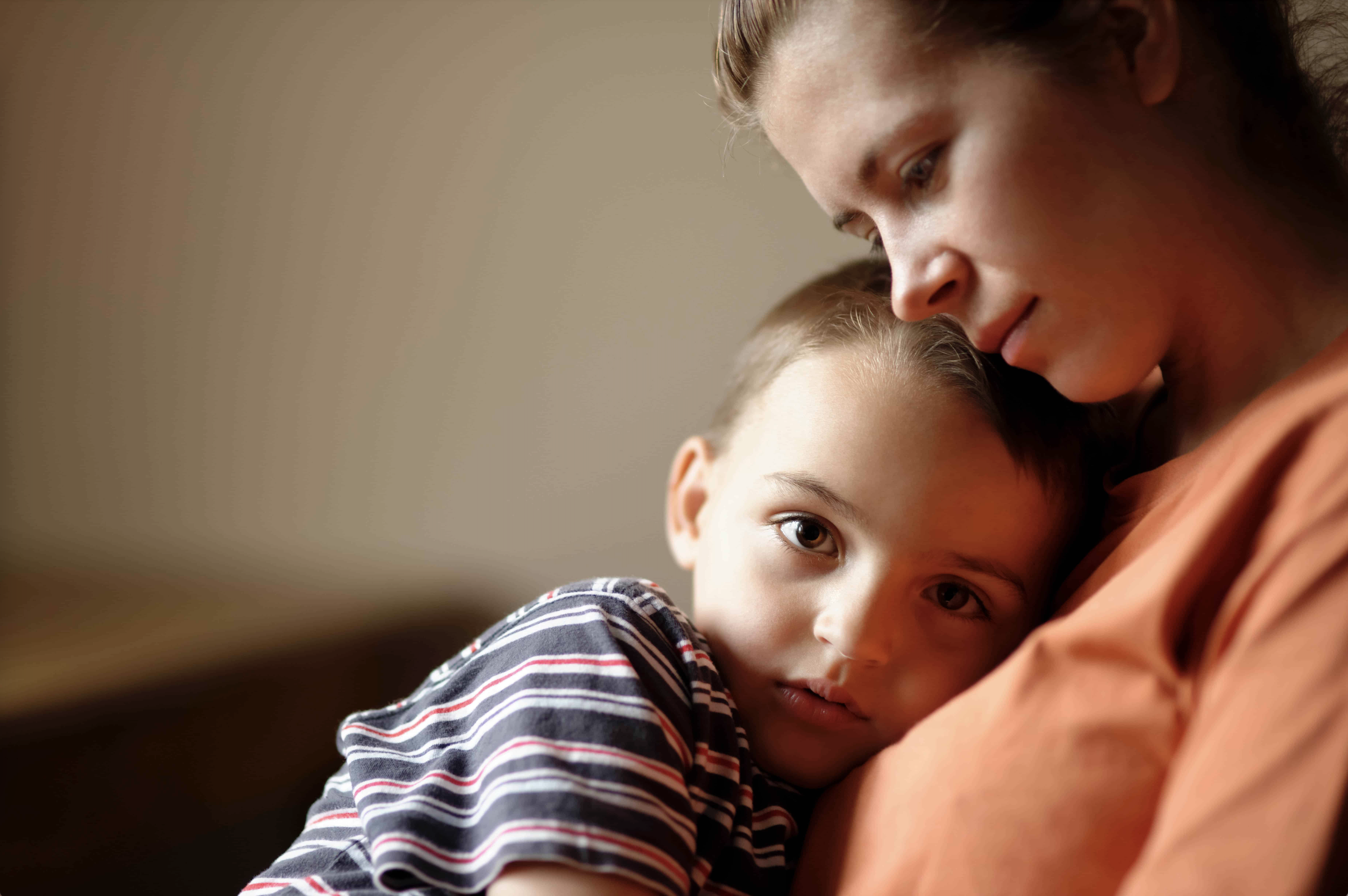Kawasaki disease, also known as Kawasaki syndrome and mucocutaneous lymph node syndrome, is a rare but potentially serious illness that primarily affects young children under the age of 5. It is characterized by inflammation of the walls of blood vessels throughout the body, and is the most common form of acquired heart disease in children in developed countries. However, it is believed to be related to an abnormal immune system response to an infection or some other trigger. Some known risk factors of Kawasaki disease includes (1) age, where mostly children under 5 years old are affected, (2) sex, where boys have a slightly higher likelihood than girls of developing the disease, and (3) ethnicity, where it is more common among people of Asian or Pacific Island descent.
What does Kawasaki disease look like
Symptoms of Kawasaki disease usually develop in three phases. The first phase typically lasts for about 1-2 weeks and is marked by a high fever (over 100.4F) that lasts at least five days, as well as other symptoms such as rash, “Strawberry tongue” (bumps or white spots on the tongue), redness or swelling of the hands and feet, red eyes, and swollen lymph nodes.
In the second phase, which typically begins 2-3 weeks after the onset of symptoms, children may experience peeling of the skin on their fingers and toes, joint pain, abdominal pain, vomiting, and diarrhea.
The third phase is the recover phase, during which the symptoms begin to improve, and the child starts to feel better. However, some children develop complications during this phase, such as inflammation of the heart, which can lead to serious heart problems.
While this is a rare disease, it is important for parents to be awarer of the signs and symptoms, as prompt diagnosis and treatment are crucial to preventing complications. According to the latest statistics from the Centers for Disease Control and Prevention (CDC), there were approximately 4,400 cases of Kawasaki disease in the United States in 2018, with the majority of cases occurring in children under the age of 5. According to Johns Hopkins Medicine, Kawasaki disease affects between 9 and 20 children out of 100,000 each year.
Complications
If not caught early enough or left untreated, Kawasaki disease can cause serious damage to the heart of the infect child. Some potential complications from the disease include heart valve problems, myocarditis (which is inflammation of the heart muscle), blood clots, arrhythmia (abnormal heart rhythm), aneurysm (weak, bulging spots in the blood vessel), and coronary arteritis (which is inflammation of the coronary arteries).
What treatment exists for Kawasaki disease
If you suspect that your child may have Kawasaki disease, it is important to seek medical attention right away. Your child’s doctor may perform tests such as blood and urine test, electrocardiograms (ECG), and echocardiograms to help diagnose the condition.
Treatment for Kawasaki disease typically involves intravenous immunoglobulin (IVIG) and aspirin, which can help reduce inflammation and prevent complications. Corticosteriods may also be used as a treatment if IVIG is not effective. With prompt and appropriate treatment, most children with Kawasaki disease can make a full recovery.
To sum up, Kawasaki disease is a rate but serious illness that primarily affects young children. Parents should be away of its signs and symptoms and promptly seek medication attention if they suspect that their child may have the condition. With early detection and appropriate treatment, most children can recover from Kawasaki disease without experiencing long-term complications.
Illness in a child can be a very concerning thing for any parent. We advise you to seek prompt medical attention if you suspect your child may be sick, and always prior to administering any medication.
Source:
- https://www.hopkinsmedicine.org/health/conditions-and-diseases/kawasaki-disease

